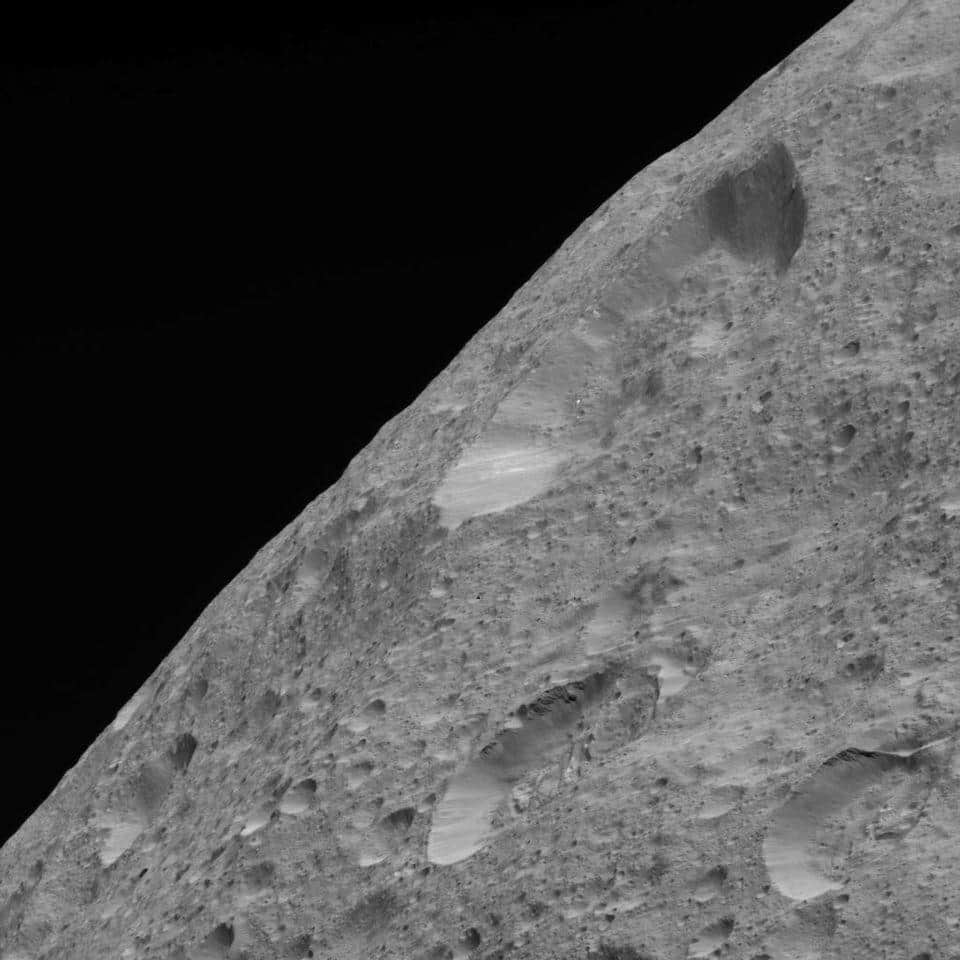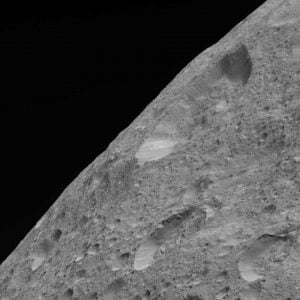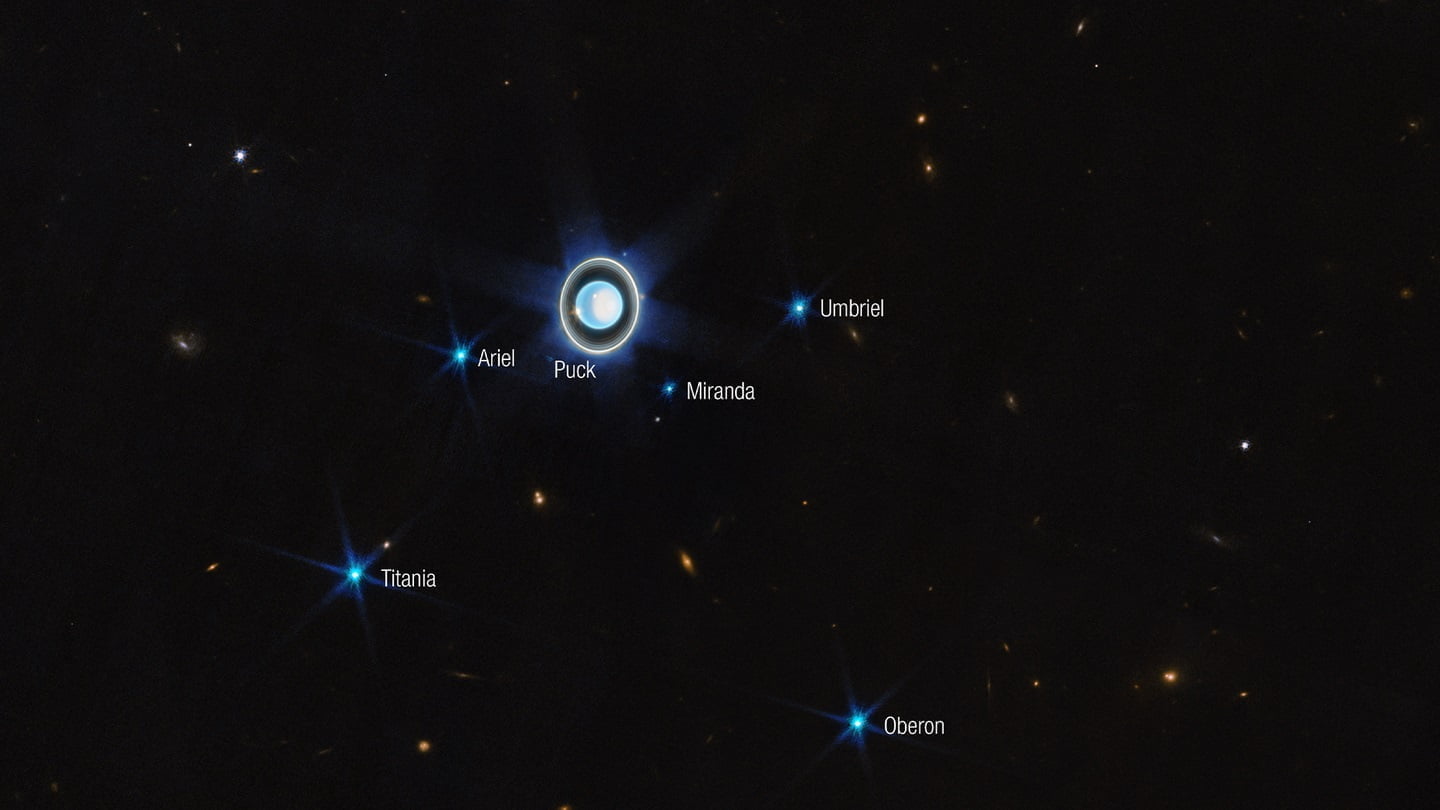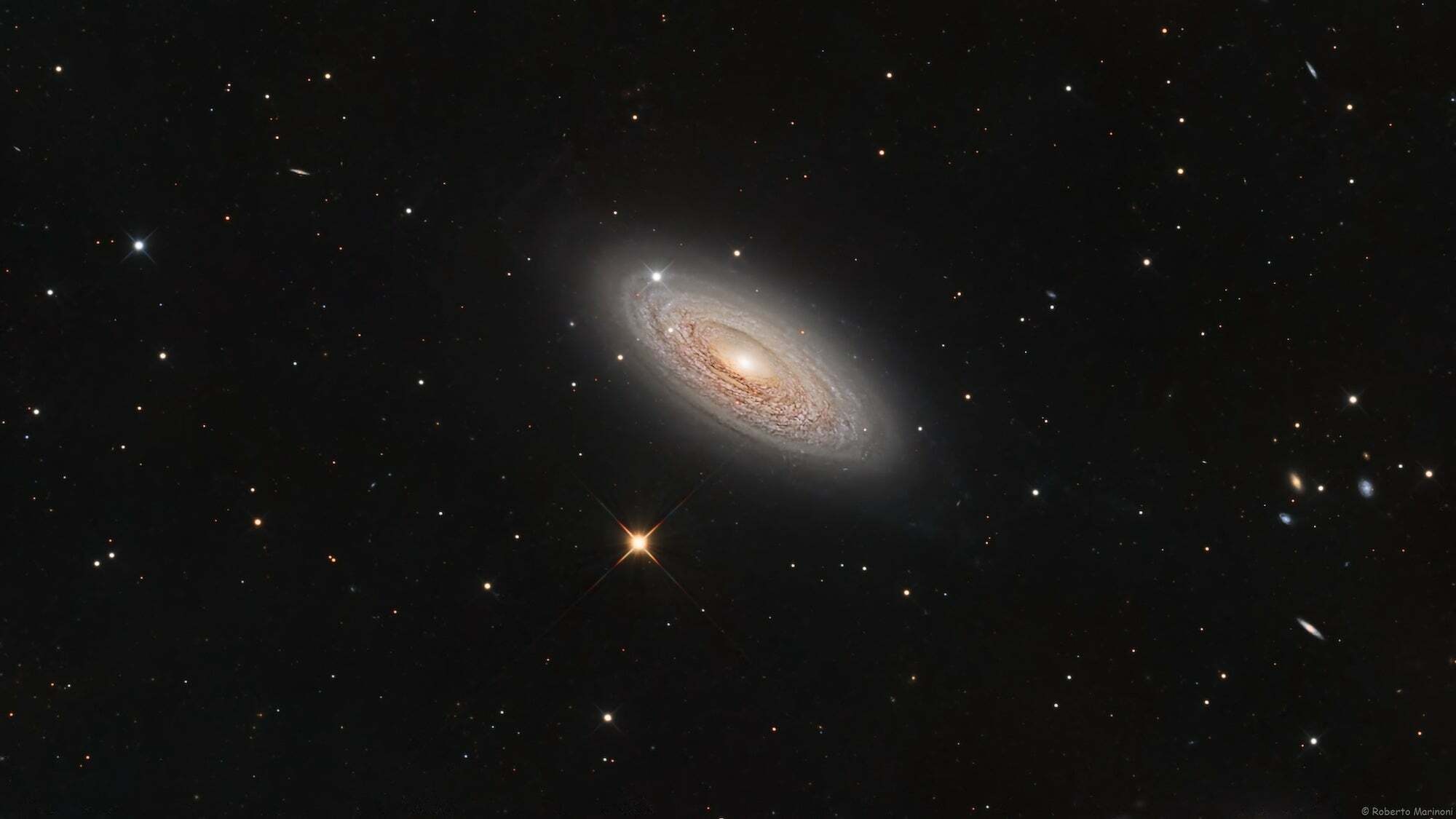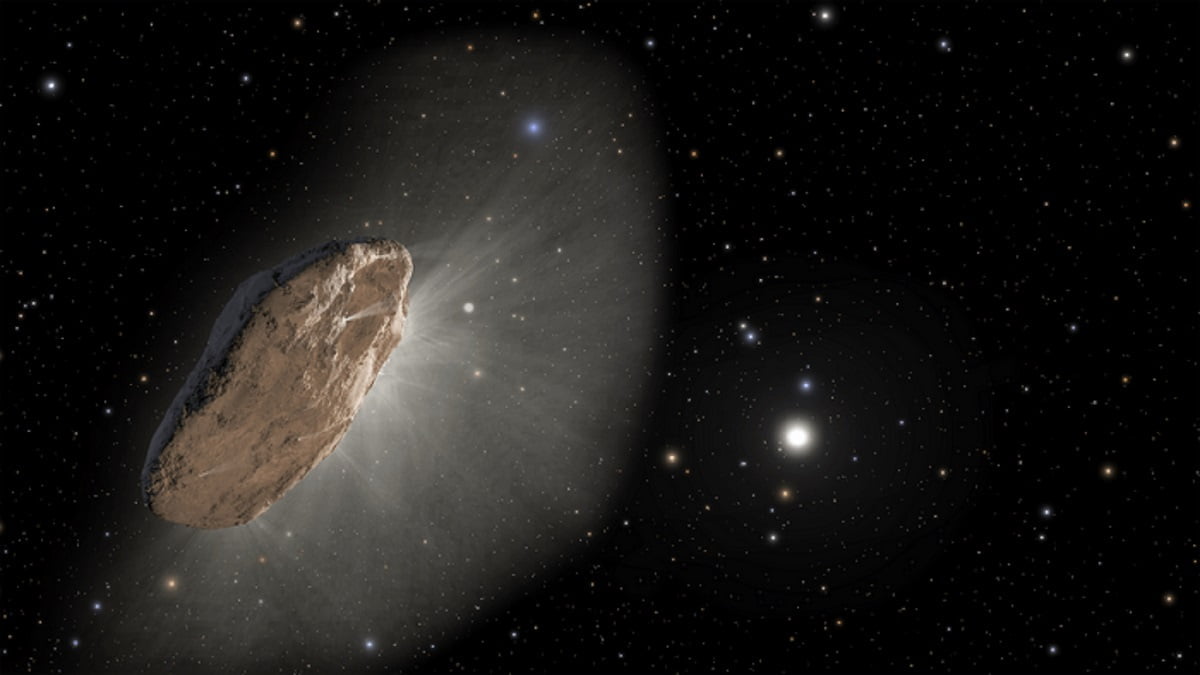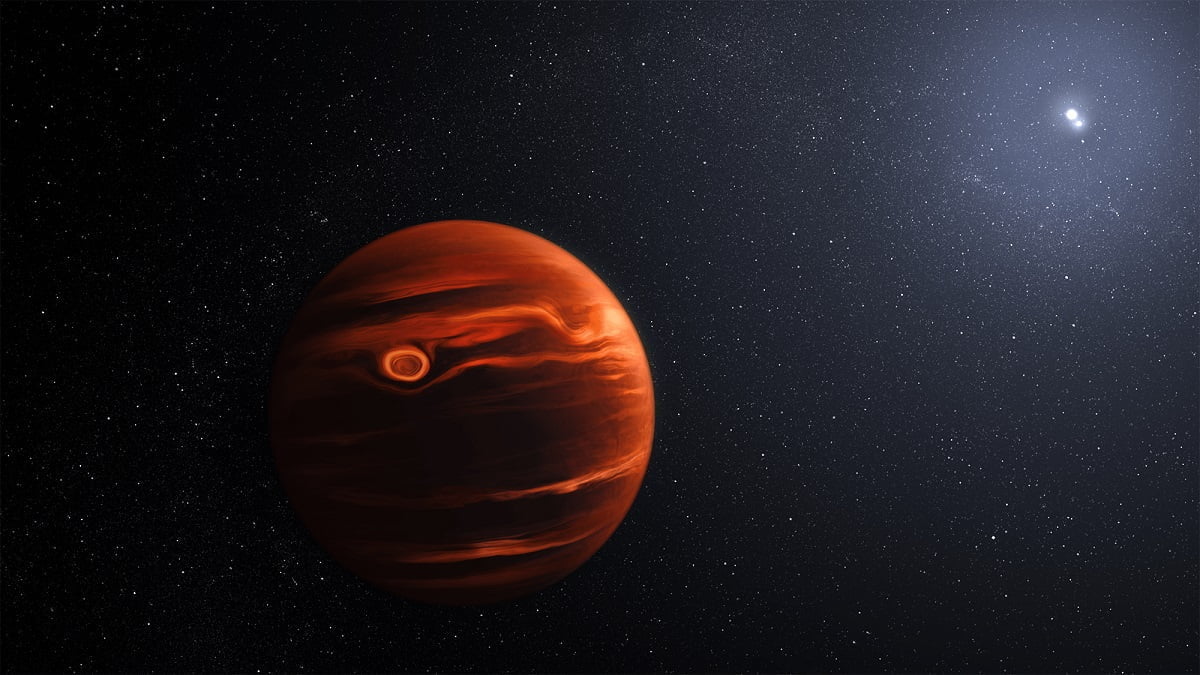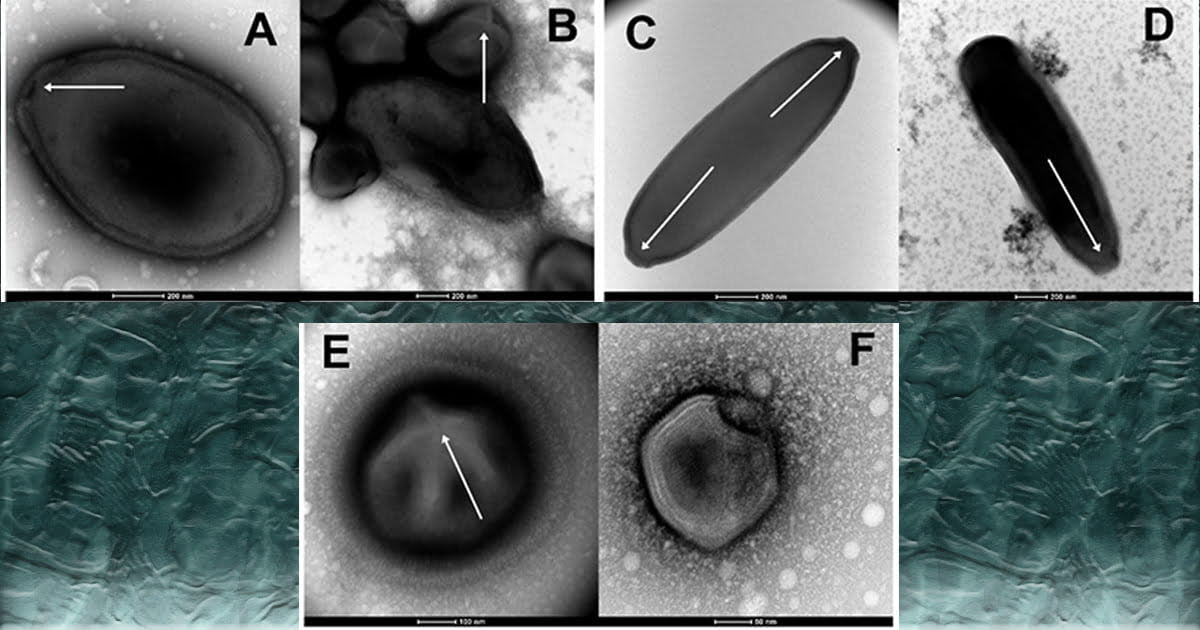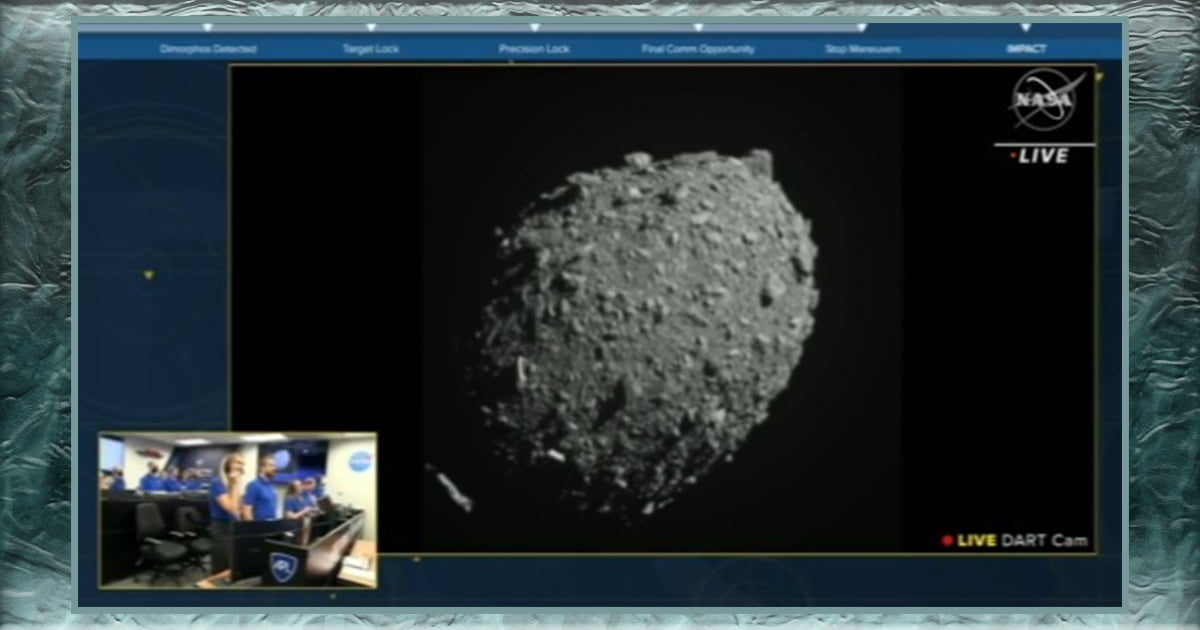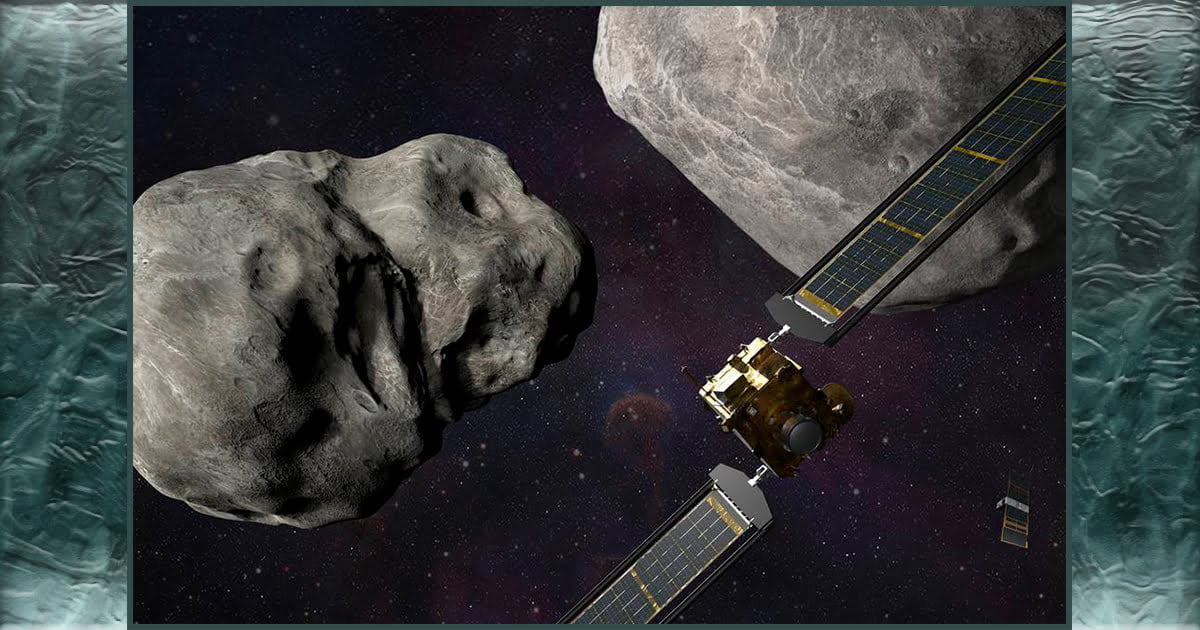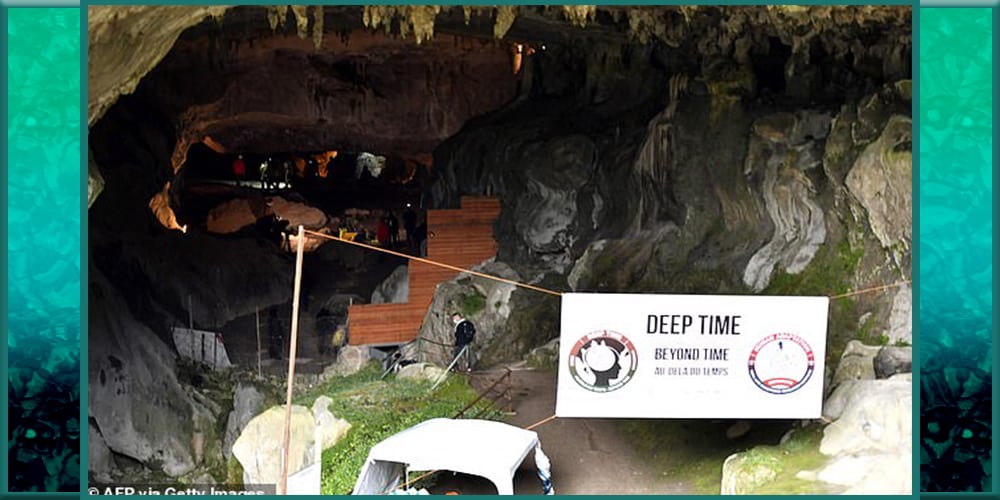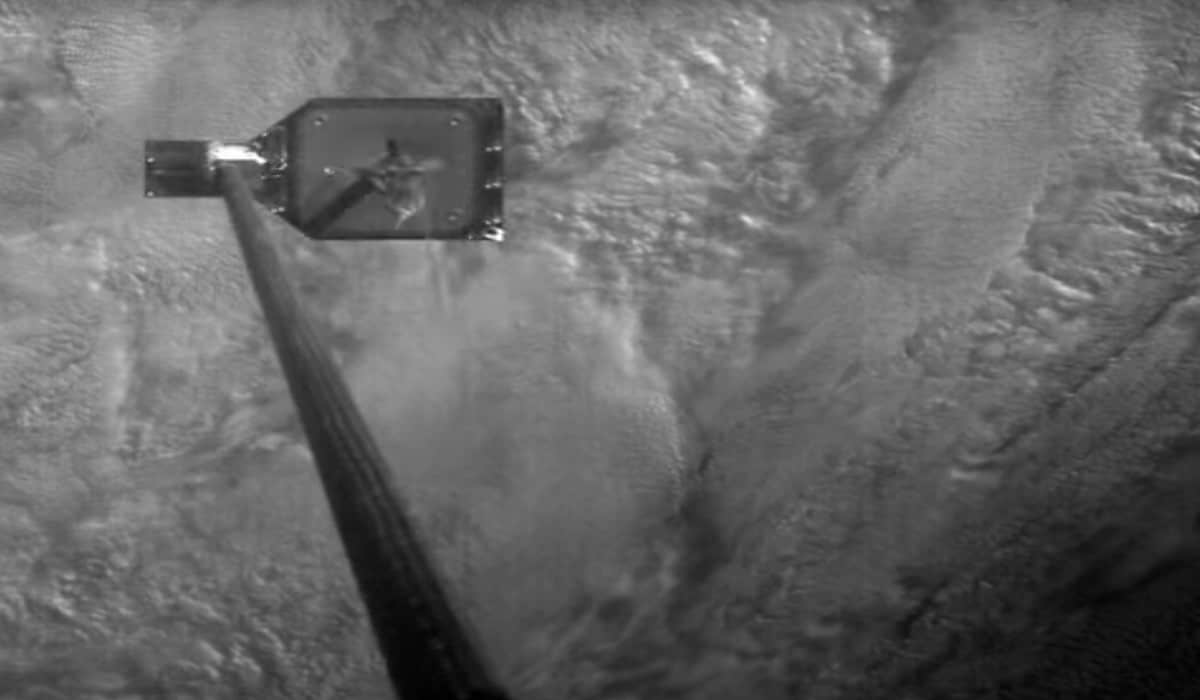NASA Released New Stunning Photos Of Dwarf Planet Ceres
(The AEGIS Alliance) – Ceres is the largest object in the asteroid belt that lies between the orbits of Mars and Jupiter, slightly closer to Mars’ orbit. Its diameter is approximately 945 kilometers, making it the largest of the minor planets within the orbit of Neptune. – Wikipedia
NASA recently released stunning close-up images of the mysterious dwarf planet Ceres, captured by a robotic probe named the Dawn spacecraft.
“These pictures are new to you and new to us too,” stated Marc Rayman of the Jet Propulsion Laboratory located in Pasadena, California. “It’s a wonderful flood of data.” he mentioned.
Each 27 hours, NASA’s Dawn spacecraft has been swooping down near the surface of Ceres to capture these close-ups. At Dawn’s lowest point, the probe is only 22 miles above. In outer space, this is almost skimming the ground below.
The photo captures began on June 9; and so far, Dawn has captured “hundreds” of images, states Rayman, “exotic alien landscapes, scenes truly otherworldly.”
The images are so recent, NASA researchers “haven’t had time to analyze them yet,” he said.
“But it’s almost like we’re seeing a different Ceres.”
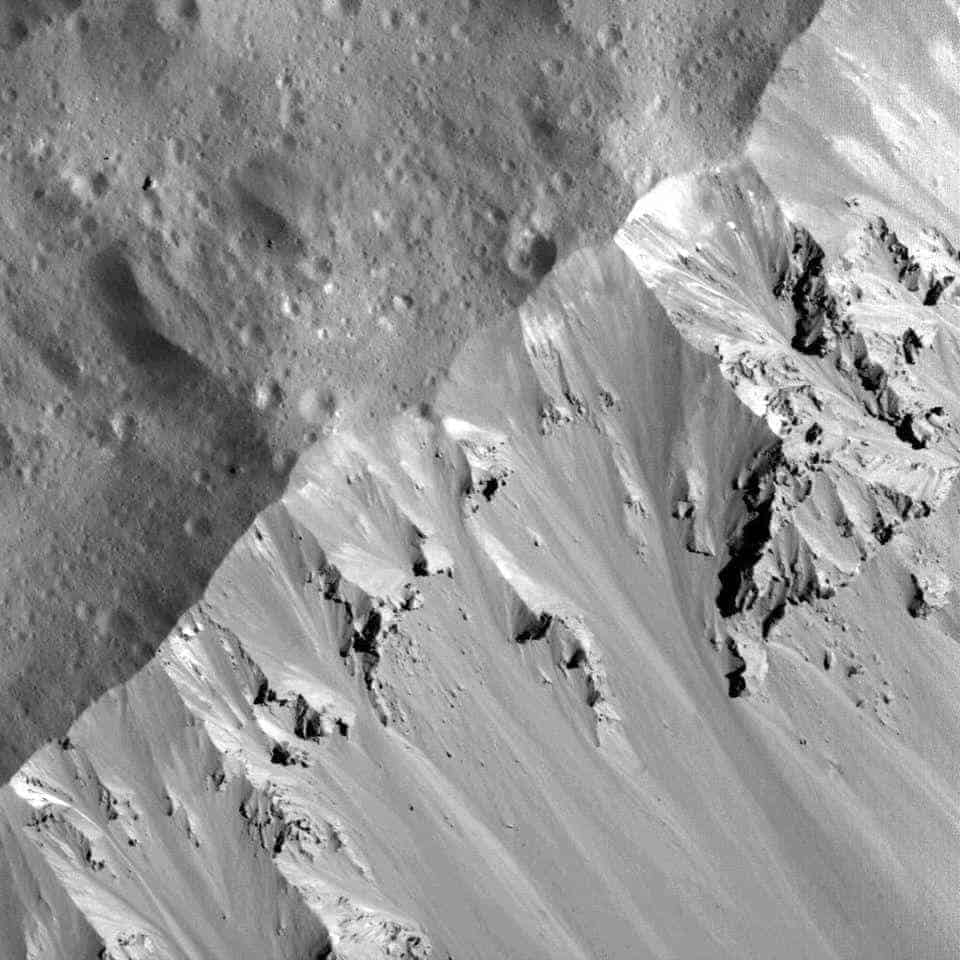
Space scientists already had knowledge that Ceres was something more than just a drab dead rock.
Dawn started orbiting the dwarf planet back in March 2015; even before it took the close-up photos, the spacecraft captured over 50,000 images, all taken from hundreds or even thousands of miles away.
Researchers mapped out the surface of Ceres. The researchers analyzed data gathered by the rest of Dawn’s instruments. They discovered a cryo-volcano, salt flats, and an ancient Crater named Occator which spans 57 miles across. The researchers figured out that huge amounts of salt water that is almost all frozen, is hidden underground.
They also discovered organic materials—which are the “building blocks” to create life.
The latest data does indeed reveal a lot of organics: “One area of 3,700 acres, covered with it,” Rayman said. “Five to ten times more prevalent than we thought was there.”
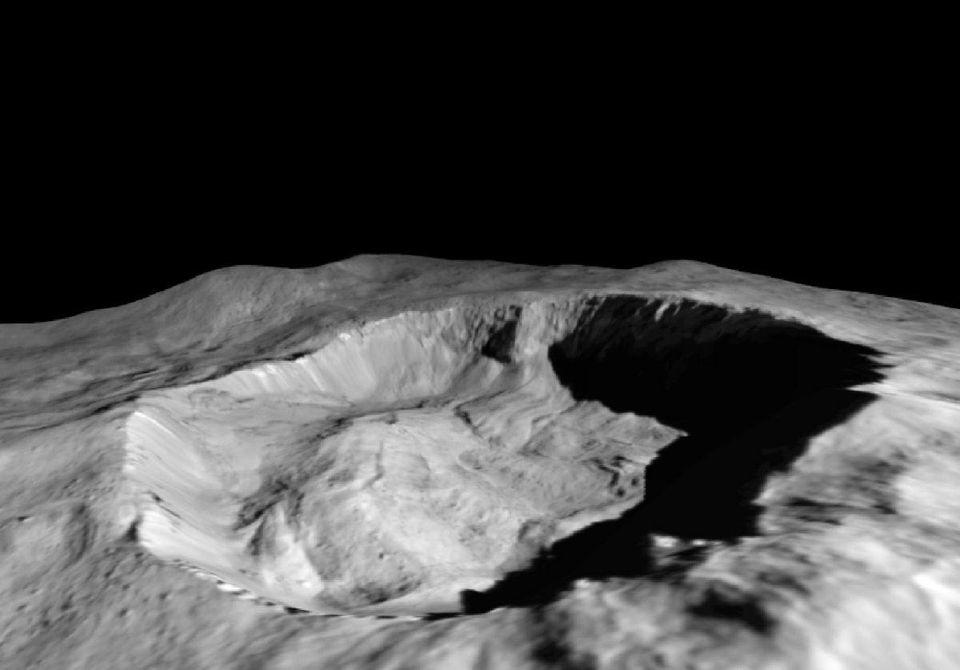
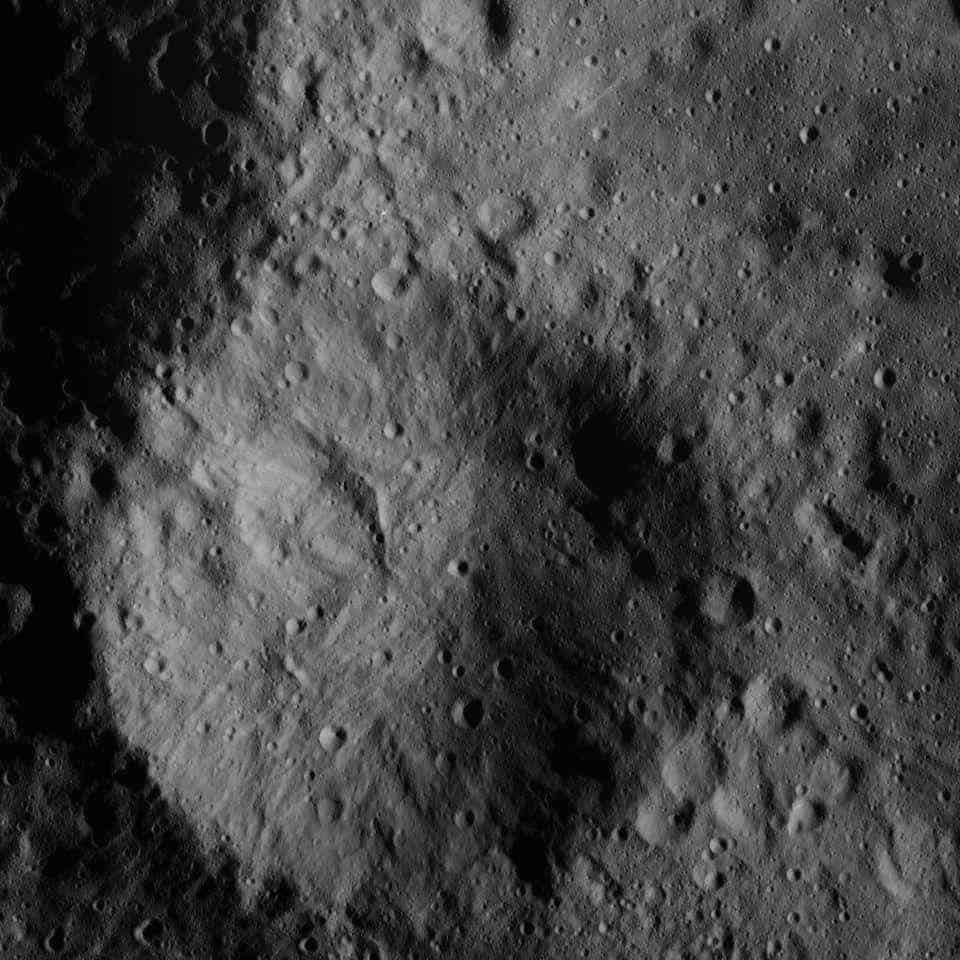
Rayman, who is the chief engineer and mission director of the project, is still skeptical that Ceres contains life.
“It (life) is an extreme remote possibility,” he stated.
“Ceres does have many of the ingredients we think are necessary for life—water, organics, a source of energy, internal geological forces.” he mentioned, “But you need to combine the ingredients in the right way.”
It is likely that Ceres does not hold life. Surface temperature in the daytime is at minus 100 degrees Fahrenheit. Any atmosphere is hardly even there, at best being transient.
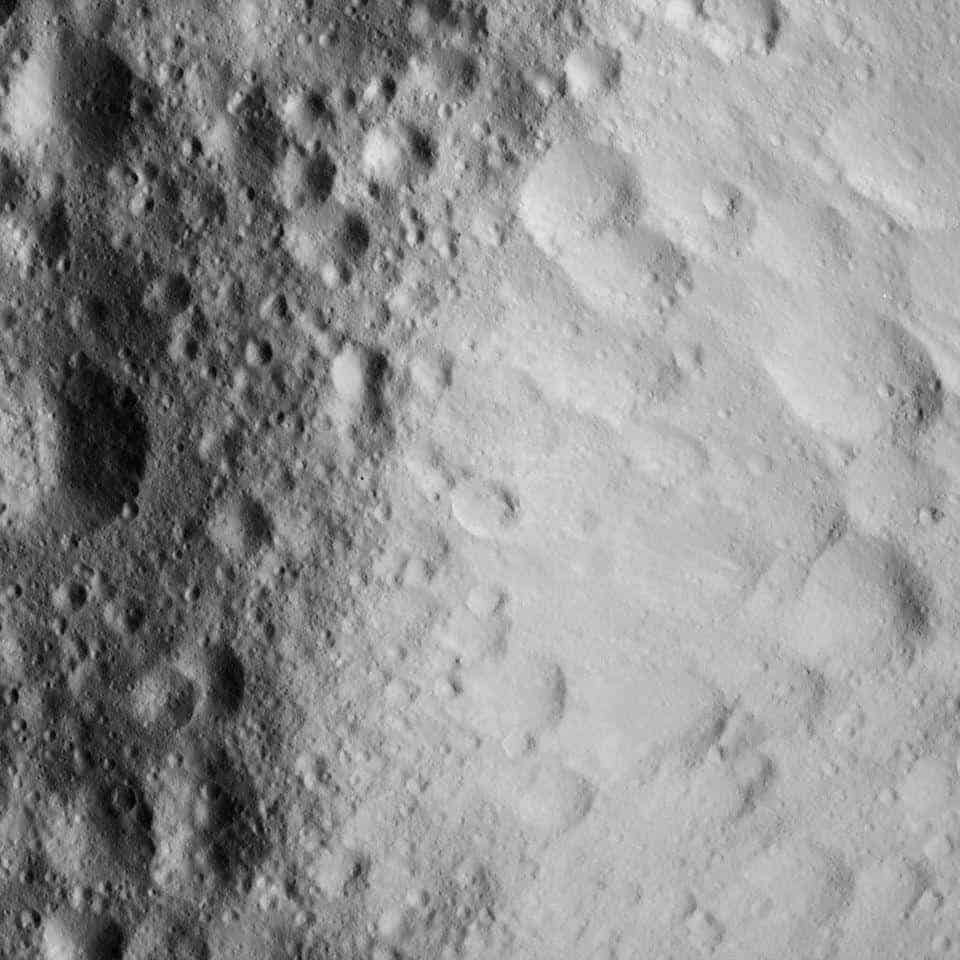
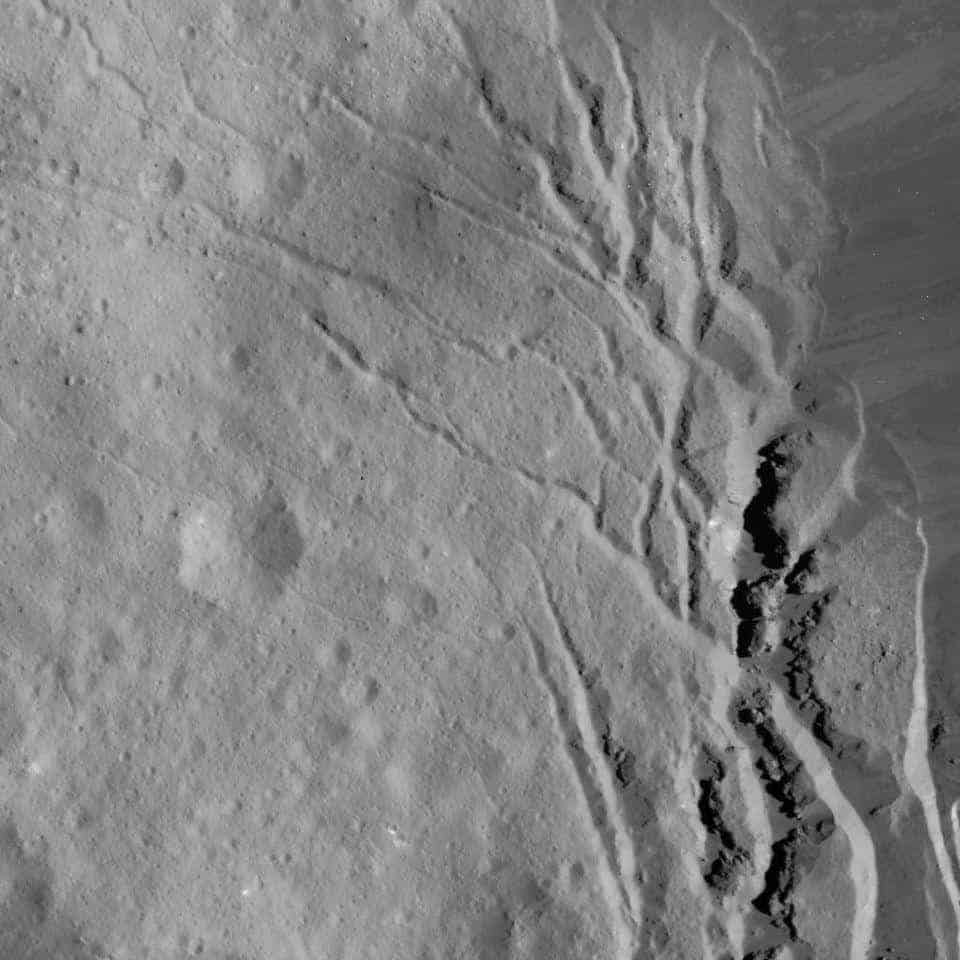
These close-up photos are to be the Dawn spacecraft’s last; because it is running out of fuel. Under two gallons of hydra-zine remain.
“In this low-altitude orbit, we use the propellant much more quickly,” Rayman said. “So it’s going fast.”
The hydra-zine could last a few more weeks, or maybe even a few months, but it will surely be depleted sometime around August and October.
When this happens, Dawn will die. “It won’t be able to control its orientation, point its antenna to Earth, point its camera, or point the ion engine,” Rayman stated.
Dawn will instead forever be in an endless orbit around Ceres.
Rayman has been with the mission for nearly 16 years, and holds feelings that are “bittersweet”.
“Dawn was powered by the burning desire to know the cosmos,” he said. “It’s not just the ion propulsion that got us there.”
But research never ceases. Generations of scientists to come, will download the data gathered by Dawn for decades from now in the future.
“The spacecraft won’t continue. But its legacy will.” Rayman mentioned.
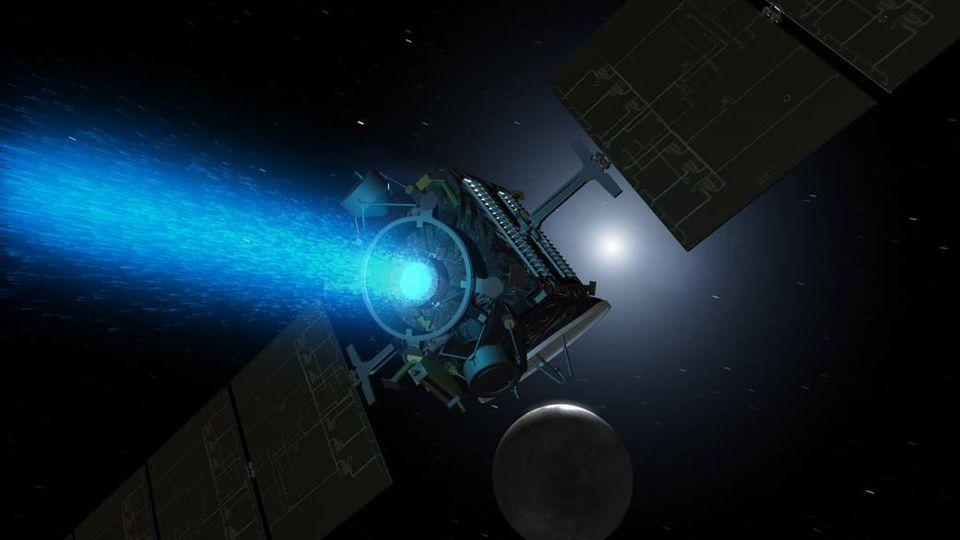
Kyle James Lee – The AEGIS Alliance – This work is licensed under a Creative Commons Attribution-ShareAlike 4.0 International License.
